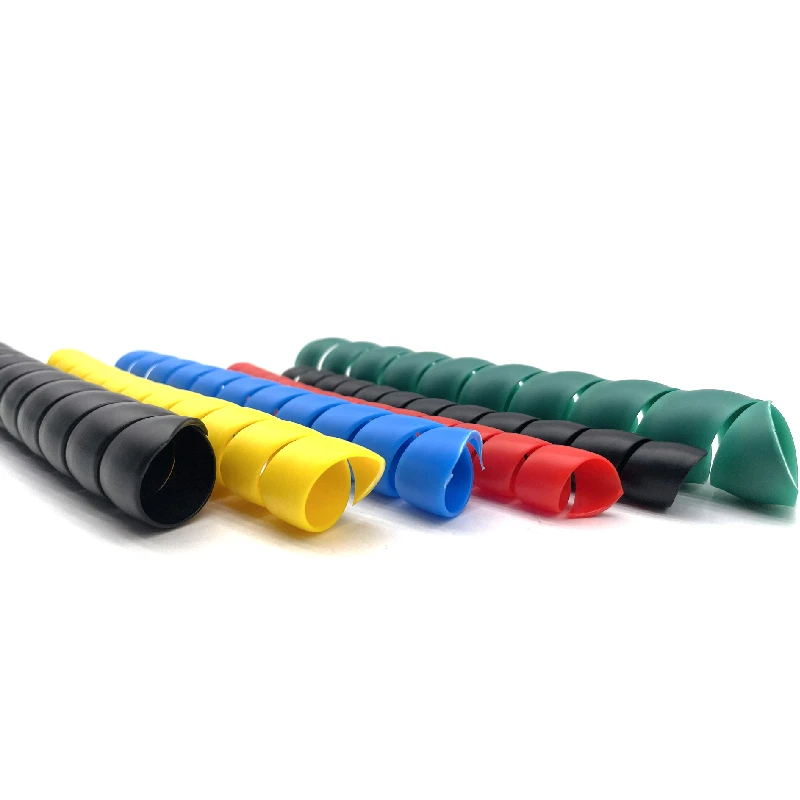Understanding the Functionality of 134a Manifold in HVAC Systems
Understanding the R134a Manifold A Comprehensive Guide
Refrigerant management is an essential aspect of HVAC (heating, ventilation, and air conditioning) systems, particularly for those using R134a, a commonly employed refrigerant. One of the critical tools in this management process is the R134a manifold gauge set. This device serves as a vital interface for technicians, allowing them to safely and accurately monitor and manipulate refrigerant levels within a system. In this article, we will explore the significance of the R134a manifold, its components, and its application in servicing HVAC systems.
What is R134a?
R134a, or tetrafluoroethane, is a hydrofluorocarbon (HFC) refrigerant that has largely replaced the older R12 refrigerant due to its lower ozone depletion potential. With its efficient thermodynamic properties, R134a is widely used in automotive air conditioning systems, commercial refrigeration, and various industrial applications. However, careful management of R134a is essential to ensure optimal performance, safety, and compliance with environmental regulations.
Components of the R134a Manifold Gauge Set
A typical R134a manifold gauge set consists of three primary components the manifold body, the high and low-pressure gauges, and the hoses.
1. Manifold Body This serves as the central unit from which the gauges and hoses radiate. The manifold features valves that control the flow of refrigerant, allowing technicians to open or close the lines as needed.
2. High and Low-Pressure Gauges These gauges provide real-time readings of the pressure levels within the refrigerant system. The low-pressure gauge typically indicates the suction pressure, while the high-pressure gauge reflects the discharge pressure. Understanding these pressures is crucial for diagnosing issues and ensuring the system functions properly.
3. Hoses The hoses are color-coded for easy identification—usually blue for low pressure (evaporator side), red for high pressure (condenser side), and yellow for the service hose. The service hose is often used to add refrigerant or to pull a vacuum on the system.
Using the R134a Manifold
The proper use of the R134a manifold gauge set is essential for efficient system maintenance. Here are some key steps typically followed by technicians
134a manifold

1. Connecting the Hoses Before connecting the hoses, it is essential to ensure that the manifold valves are closed. The blue hose is connected to the low-pressure service port, and the red hose is connected to the high-pressure service port.
2. Checking System Pressure Once connected, the technician can open the valves and read the pressures on both gauges. This data helps in assessing the system’s performance, detecting leaks, or determining if the refrigerant level is adequate.
3. Charging the System If additional refrigerant is required, the technician will connect a refrigerant cylinder via the yellow service hose and open the appropriate manifold valve to allow refrigerant to flow into the system.
4. Evacuating the System If moisture or air is suspected within the system, a vacuum pump can be connected to the yellow hose to remove contaminants before recharging with refrigerant.
Importance of Proper Management
Proper management of refrigerant levels using a manifold gauge set is vital for several reasons
- Efficiency Correct refrigerant levels ensure the system operates efficiently, preventing excessive wear and tear on components. - Environmental Compliance Leaks or improper handling can lead to environmental harm. Using the R134a manifold helps technicians detect and manage leaks responsibly.
- Safety Refrigerants can be hazardous. Manifold gauges help maintain safe operating conditions, protecting both the technician and the equipment.
Conclusion
In summary, the R134a manifold gauge set is an indispensable tool for HVAC professionals navigating the complexities of refrigerant management. Understanding its components and proper usage ensures efficient system operation, regulatory compliance, and safety. As technology advances and environmental standards evolve, the significance of mastering this essential equipment will only increase. For anyone involved in HVAC servicing, becoming proficient with the R134a manifold is a crucial step toward excellence in this field.
-
Ultimate Spiral Protection for Hoses & CablesNewsJun.26,2025
-
The Ultimate Quick-Connect Solutions for Every NeedNewsJun.26,2025
-
SAE J1401 Brake Hose: Reliable Choice for Safe BrakingNewsJun.26,2025
-
Reliable J2064 A/C Hoses for Real-World Cooling NeedsNewsJun.26,2025
-
Heavy-Duty Sewer Jetting Hoses Built to LastNewsJun.26,2025
-
Fix Power Steering Tube Leaks Fast – Durable & Affordable SolutionNewsJun.26,2025

